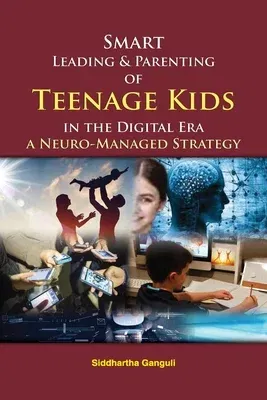Siddhartha Ganguli
(Author)Smart Leading and Parenting of Teenage Kids in the Digital EraPaperback, 10 February 2021

Qty
1
Turbo
Ships in 2 - 3 days
In Stock
Free Delivery
Cash on Delivery
15 Days
Free Returns
Secure Checkout
Print Length
338 pages
Language
English
Publisher
Allied Publishers Pvt. Ltd.
Date Published
10 Feb 2021
ISBN-10
9389934281
ISBN-13
9789389934281
Description
Product Details
Author:
Book Format:
Paperback
Country of Origin:
US
Date Published:
10 February 2021
Dimensions:
22.86 x
15.24 x
1.78 cm
ISBN-10:
9389934281
ISBN-13:
9789389934281
Language:
English
Pages:
338
Publisher:
Weight:
453.59 gm

